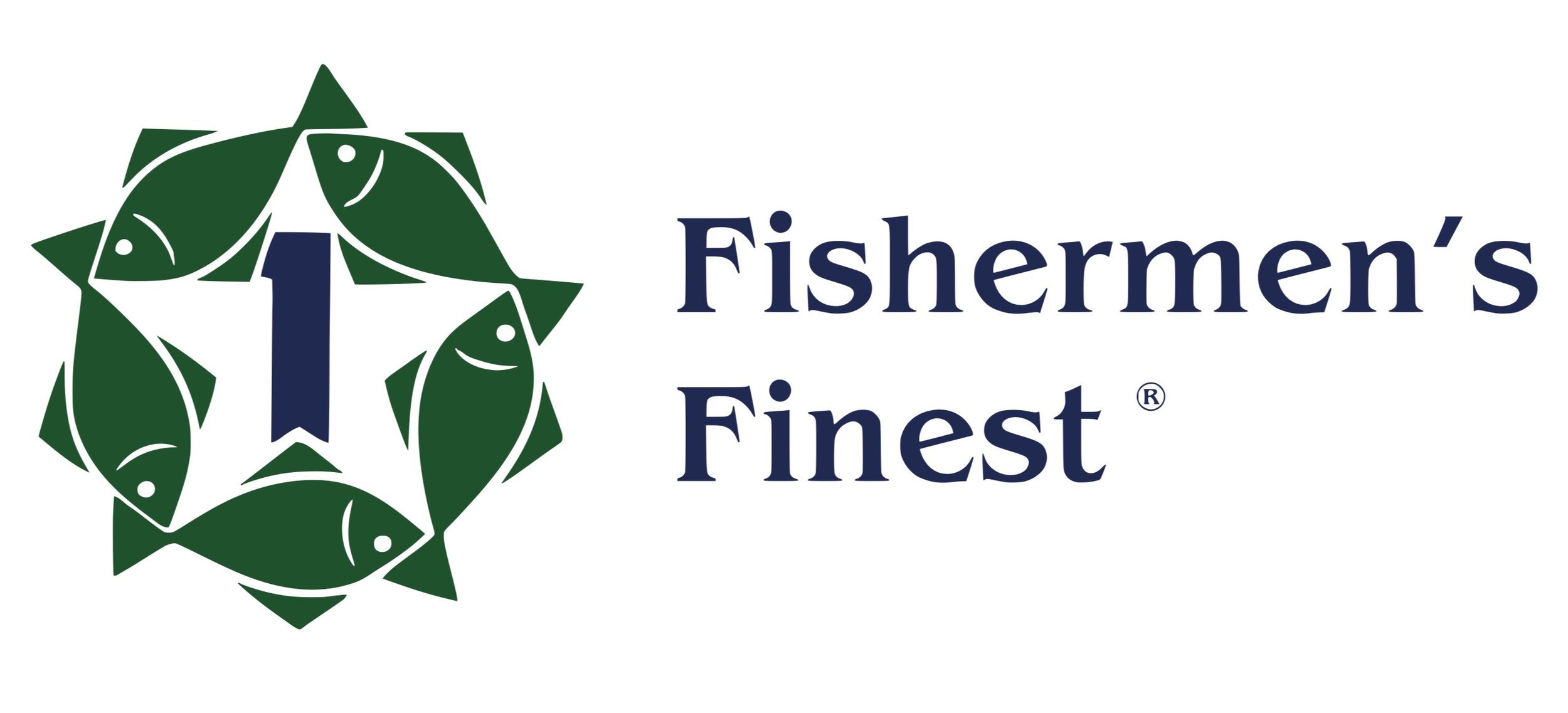PSBJ Sound Strategies
In 2014, Helena Park put a deposit on an $80 million factory trawler: Waiting for her ship to come in
The move for the owner and CEO of Kirkland-based Fishermen’s Finest was a bold one.
The fishing company makes its money catching, processing and exporting fish to Japan and China.
But Fishermen’s Finest is facing a major challenge. Fisheries regulations not related to Park’s core product line limit how much fish her company can catch, which limits how much she can sell, and ultimately how much money the company can earn.
Despite the challenges, the company’s two boats were able to catch $64 million worth of fish last year.
Some might say Park has been lucky.
“Luck only comes to those who are prepared,” Park said.
Now, Fishermen’s Finest estimates when the new boat begins operations it will bring in $40 million a year for the next 40 years, an impact of $1.6 billion.
“It took 30 years of financial discipline to put a deposit on this expensive boat,” Park said. “I poured just about all the (company) earnings back into it.”
At 260 feet, America’s Finest is one of only two new vessels to join Alaska’s trawler fleet in 30 years, and it will have the smallest carbon-footprint of any trawler in the Bering Sea.
Park knows how to bide her time and when to buy a bigger boat.
Korean-born Park joined Fishermen’s Finest in 1986 as a changing marketplace opened up an opportunity to export groundfish to Asia.
“I didn’t know how to fish, per se, but I knew how to sell it,” Park said.
Park seized on the opportunity. The company that got its start fishing for King and tanner crab and then had a stint in pollock, found its new niche with a collection of groundfish that are staples in Asia.
Then a problem emerged: halibut. When you catch groundfish, you also catch halibut.
Although tasty on their own, companies like Fishermen’s Finest cannot legally sell halibut. Federal regulations also limit how much halibut they can scoop up along with the groundfish. It’s in the company’s best interest to catch as few halibut as possible.
Fishermen’s Finest redesigned its nets and added camera technology to reduce the amount of halibut swept up in them.
Still, the regulations mean when the company’s two boats reach their limit of halibut, the company has — by default — caught all of yellowfin sole, arrowtooth flounder, rock sole, Alaska plaice and dusky it can catch for the season. That limits the amount of fish it can sell.
Park and her team are strategizing ways to make those challenges pay off. They plan to reduce the number of fishing trips and spend fewer days at sea — about 140 days versus 180 annually. By being more efficient, using new technology and putting that $80 million new factory trawler into service, the company has potential to boost revenue.
Park wants to spearhead the replacement of what she calls the “rust buckets” of the fleet.
“I feel like my work has just begun,” Park, now 60, said. “I can have an impact beyond my crew, my company and my industry.”
LESSONS LEARNED
You have to fight if there are problems. Present your case and stand up for yourself.
Everything has to be a win-win, and everyone should make money.
Reinvest in your infrastructure to grow, and that will impact everything else. Believe in the work your people do. Give them the platform to do the best job they can. Ideas should come from the bottom up, not the top down.
CLOSER LOOK
Name: Fishermen’s Finest
Year founded: 1967
Headquarters: Kirkland
Owner and CEO: Helena Park
Employees: 207
Number of ships in the fleet:2
Melissa Crowe is the Research Director for the Puget Sound Business Journal. She oversees all List content.

